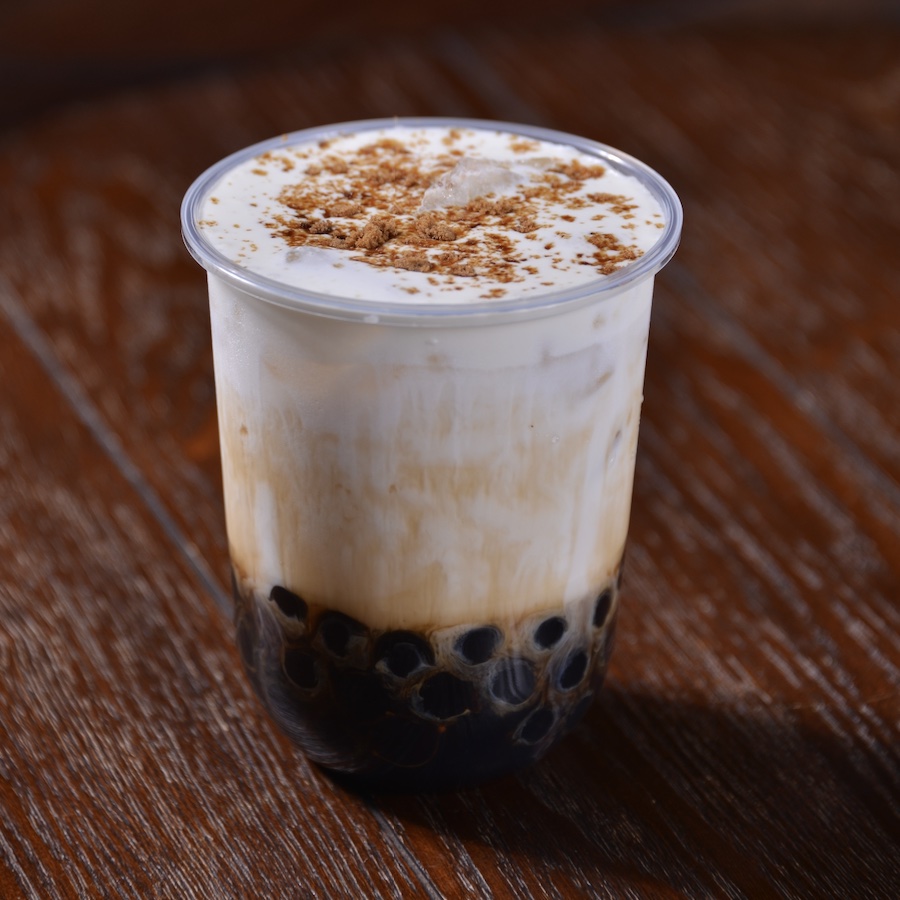Published:

Bubble tea, also known as “boba” or “boba tea,” has been making around the world, transcending borders and significantly impacting global businesses and trade. With its of traditional tea flavors, brown sugar-sweetness, an occasional caffeine kick, and chewy tapioca pearls- its claim to fame-, bubble tea’s journey from small teahouse delicacy to international stardom is a testament to innovation, cultural exchange, and the beverage’s irresistible charm.
Though its origins remain heavily debated, bubble tea is widely thought to have been in Taiwan, when the owner of a tea shop called Chun Sui Tang tea store, Liu Han-Chieh, first devised the idea of serving tea cold in the early 1980s. However, the famous tapioca balls- more commonly known as "pearls" or "boba"- came much later.
In , product development manager Lin Hsiu Hui, who was working alongside Han-Chieh, proposed combining fen yuan, a traditional Taiwanese dessert of sweetened tapioca pudding, with tea. This decision sparked a surge in the bubble tea timeline, as the tapioca balls have since become a signature of the beverage and evolved into the word "bubble." for the inclusion of tapioca comes from the Hanlin Tea Room in Tainan, Taiwan, when store owner and entrepreneur Tu Hsong He saw white tapioca balls in a local market in 1986 and added them to tea to create "pearls."
While the dispute over bubble tea's invention is still unresolved, one thing is for sure - the drink's popularity has catapulted to unexpected levels.
In 2022, the global bubble tea market size was USD, and is expected to register a compound annual growth rate, or CAGR, of 8.9% from 2023 to 2030; experts it will reach 6.2 billion USD by 2032. In the United States, which currently houses bubble tea stores as of 2023, the drink is an annual revenue of $2.2 billion in ten years. Boba shops like Gong Cha, the most popular milk tea store in South Korea, have branched out into international chains and found resounding success in their U.S. locations. American companies have also become popular, including Kung Fu Tea, which was founded in Queens, New York and became the bubble tea brand in the country with its 350+ locations.
Beyond the U.S., Canada's reached $2.7 billion USD in 2022; it's bubble tea market size is at a CAGR of 6.90% from 2022 to 2030. China has also witnessed the resurgence of bubble tea, known locally as zhenzhu naichá, with shops like HeyTea leading the charge. The rising demand for bubble tea has even the New Zealand dairy industry, whose companies sell their products to create unique boba toppings like milk and cheese foam. Tapioca pearls, tea leaves, and milk are now in high demand worldwide, increasing Taiwanese .
What sets bubble tea apart from other snacks or beverages is its of flavors, textures, and its ability to cater to individual preferences. From fruit-infused teas to matcha lattes, and even different types of boba- including brown sugar, coconut, and taro-, it offers a level of personalization resonating deeply with consumers.
With Gen Z on bubble tea’s expansion, new additions to the beverage like low-calorie contents, reduced sugar options, and zero fat teas are continuing to reel in audiences across the global stage and generate revenue.
File under